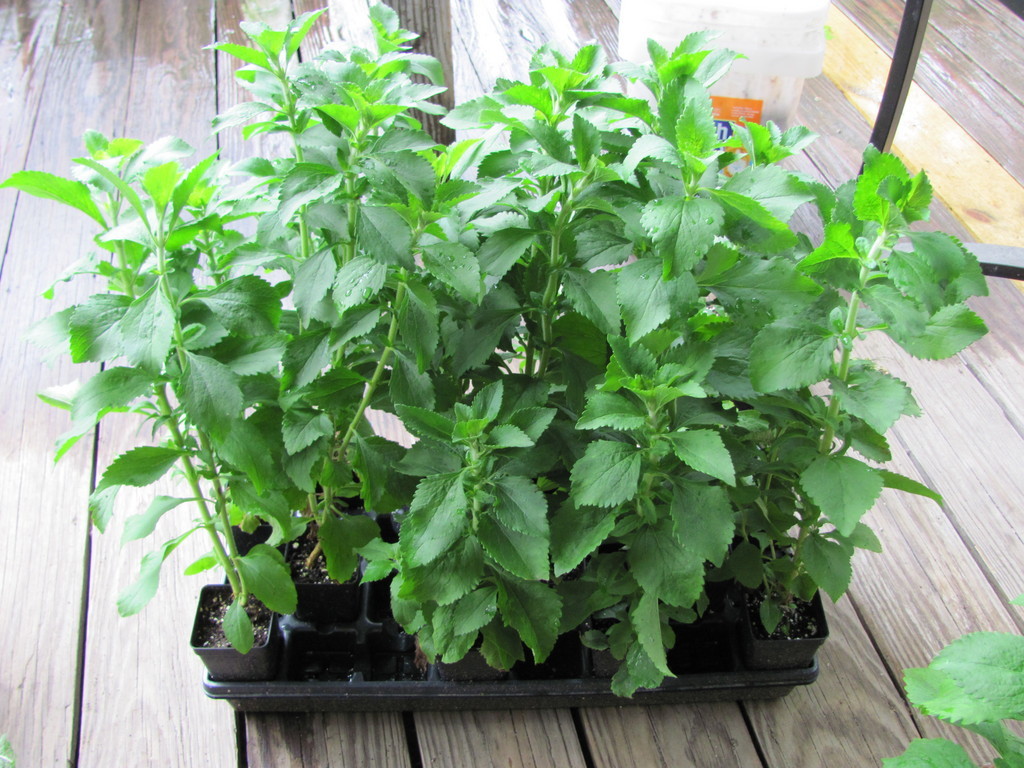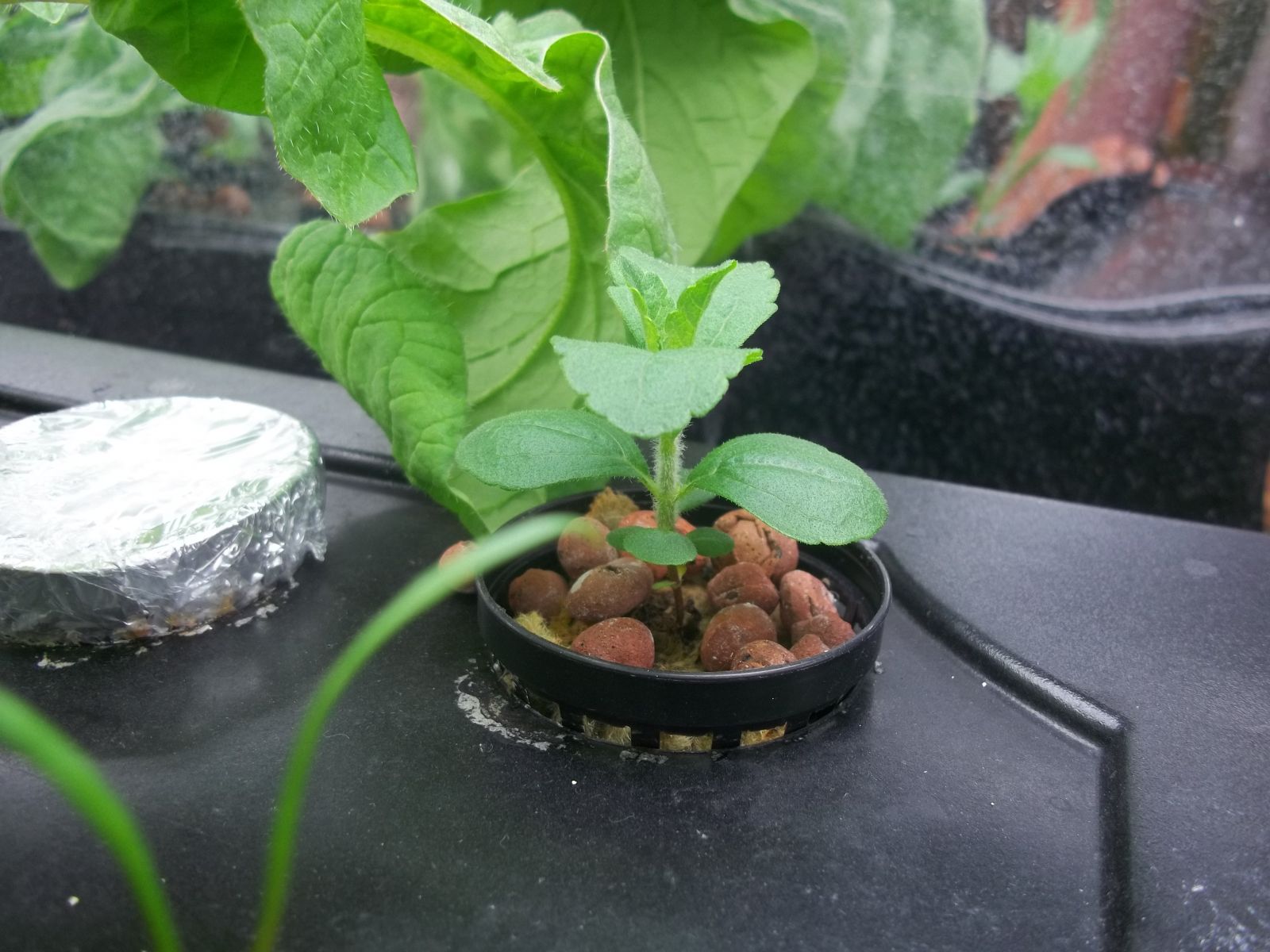
the market is estimated at 1.5 billion kilos, converted from 12 million kilos of leaves!
Stevia plants grow and are harvested in many countries around the world, predominantly in China and Brazil.
The plants grow 2-4 feet in height with slim, branched stems, and thrive in temperate and some tropical regions. Stevia is grown by natural, conventional plant breeding methods such as cross-pollination and other non-genetically modified processes.
he plant is cultivated as a commercial crop in Japan, China, Kenya, Vietnam, India, Argentina, Colombia, Thailand, Paraguay, and Brazil. Currently, China is the leading exporter of stevia products.
Stevia provides an important role in biodiversity due to how little land is required to grow it, allowing farmers to diversify their crops. Unlike commodity crops, stevia is grown on smaller plots of land and provides supplemental income to more commonplace crops.
As stevia is intensely sweet and an extract, it typically requires only a fifth of the land and much less water to provide the same amount of sweetness as other mainstream sweeteners. For example, in Kenya, stevia is typically grown on only a third of the land, with the rest of the land being devoted to other crops.
In a 2013 study, the carbon footprint of stevia was shown to be 79% lower than high fructose corn syrup (HFCS), 55% lower than beet sugar, and 29% lower than cane sugar, based on industry production standards.
There are 150 species of stevia, all native to South and North America. The sweetness of the stevia leaves is caused by eight glycosides contained within them. These glycosides are stevioside, rebaudioside A, C, D, E and F, steviolbioside, and dulcoside A. Stevioside is the most abundant of these components; the leaves of some cultures contain up to 18% stevioside.
Although it was not until the 19th century that scientists began seriously investigating stevia, the indigenous people of Paraguay were using the plant as early as the 16th century to sweeten drinks and medicines.
During his studies of herbs used as sweeteners by native people, Dr Moises Santiago Bertoni, a Swiss botanist of Italian descent, is credited with having notified the world of stevia’s existence.
French chemists identified stevioside in 1931 and its use expanded. In the 1950s, Japan began growing the stevia plant as a crop.
Countries with a history of using stevioside as a no calorie sweetener include Japan, China, South Korea, Taiwan, Israel, Brazil, Uruguay, Paraguay, Columbia, Thailand, Germany and Malaysia.
Some of the common and trade names for stevia sweeteners are Enliten, PureVia, Rebaudioside A/Reb A, Rebaudioside B, Rebaudioside C, Rebaudioside D, Rebiana, Stevia, Steviacane, Steviol Glycosides, Stevioside, Stevia Extract In The Raw, and SweetLeaf.

How is stevia extracted?
Steviol glycosides are extracted from the stevia leaf, filtered, and purified. This process is similar to how other plant ingredients such as sugar and vanilla extract are obtained. The sweet molecules in the stevia plant are extracted by steeping the dried leaves in water, followed by separating and purifying the best-tasting steviol glycosides.
The steps of the extraction process may include:
- Crushing the leaves
- Extracting with water
- Filtering and separating the liquid from plant material
- Further purifying the extract with water or food grade alcohol
- Drying – to obtain high purity stevia leaf extract.
Subsequent to the extraction and purification process, the steviol glycosides are equal to those found in the stevia leaf, that is, they are molecularly identical. The process simply gives purified stevia leaf extract a cleaner, more sugar-like taste than crude stevia extracts. The crude stevia extracts may contain plant components that tend to add additional flavors other than a purely sweet taste.
Purification is also essential to observe the safety standards for food and beverage use.
Stevioside and rebaudioside A are the component glycosides of principal interest for their sweetening property. Associated glycosides including rebaudioside C, dulcoside A, rubusoside, steviolbioside, and rebaudioside B are present in preparations of steviol glycosides at levels lower than stevioside or rebaudioside A.
How is stevia used?
More than 5,000 food and beverage products currently use stevia as an ingredient worldwide, including tabletop sweeteners for baking as well as other everyday products.
Stevia sweeteners are used as an ingredient in products throughout Asia and South America such as:
- Ice cream
- Desserts
- Sauces
- Yogurts
- Pickled foods
- Bread
- Soft drinks
- Chewing gum
- Candy
- Seafood
- Prepared vegetables.
In the US, stevia sweeteners are primarily found in tabletop products and reduced calorie beverages as sugar substitutes.2 Extracts from the stevia leaf have been available as dietary supplements in the US since the mid-1990s and many contain a mixture of both sweet and non-sweet components of the stevia leaf.
Stevia sweeteners provide an alternative sugar substitute when sweetening foods such as cereal, yogurt and fruit. Some recipes allow for cooking and baking with these sweeteners. However, appropriate usage levels vary according to the stevia sweetener, and manufacturer’s guidelines should be followed.
The sweet components in stevia sweeteners are naturally occurring, which may further benefit consumers who prefer foods and beverages they perceive as natural. Components of stevia sweeteners contain zero calories, which mean these sweeteners may sweeten food and beverages in fewer calories than traditional sweeteners.